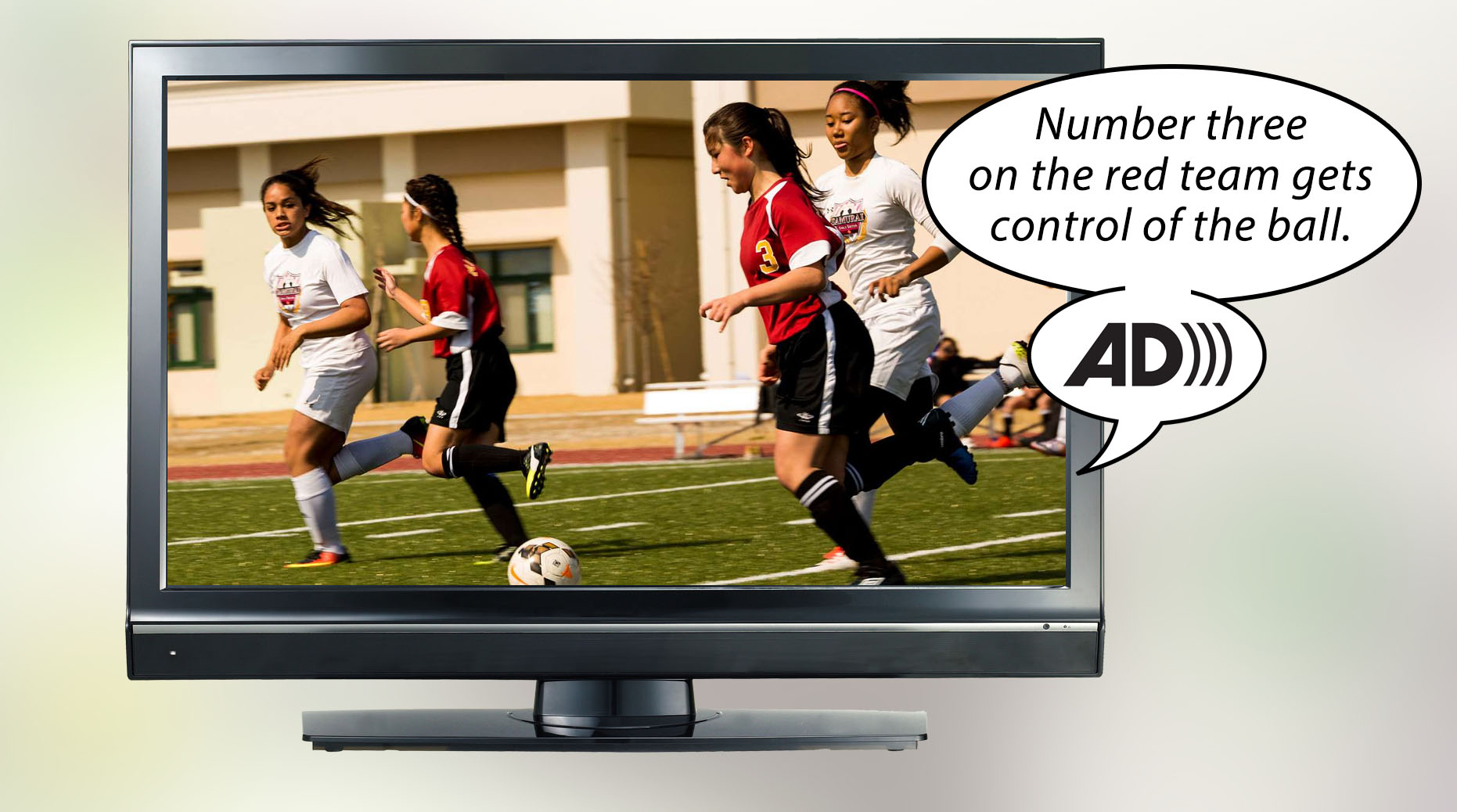5 Learning Center results found.

How to Access Audio Description on Your TV and Through DCMP
Television, movies, and videos are made accessible to people who are blind or visually impaired through the addition of audio description. Audio description is a secondary audio track with additional narration that describes important visual information in a video. It can be accessed in a number of ways, including through your TV remote through a button or voice controls. Instructions specific to many television providers and television sets can be found at the following link on the Audio Description Project (ADP) website:
From about consumers, technology, producers-and-distributors, description

DCMP Distribution of Fully Accessible Streaming Media
DCMP partners with top educational and broadcast E/I content partners and distributors to make their content accessible and available to students with disabilities. High-quality audio description and captions are created, along with full masters, and in exchange, our partners make their content available on DCMP's targeted distribution services for schools and families who have students with disabilities. Access to DCMP is limited to qualified educators and family members who register online. Content can be secured through DRM protection upon request.
From

Summertime Cool Lessons
This activity list supports DCMP's Summertime Cool Lesson Calendar in the Summertime Cool: Ideas to Enrich and Teach Learning Center resource for educators of students who are blind and visually impaired.
From Mary Ann Siller about educators, blindness